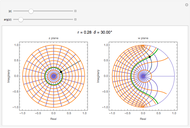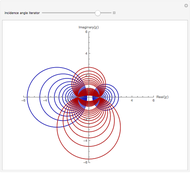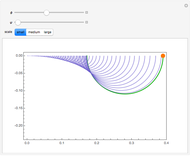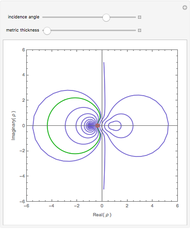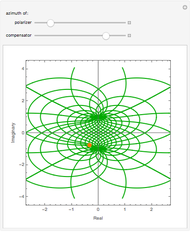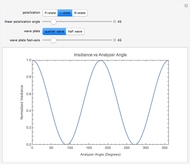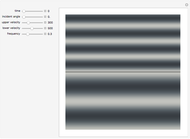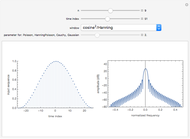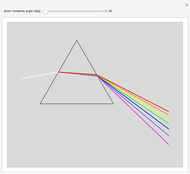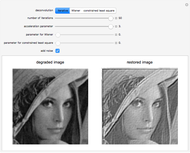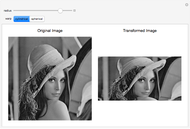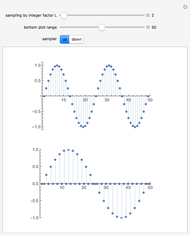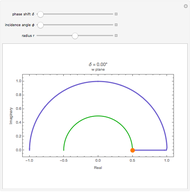Properties of Fresnel's Interface Reflection Coefficients

Requires a Wolfram Notebook System
Interact on desktop, mobile and cloud with the free Wolfram Player or other Wolfram Language products.
Let  denote an interface Fresnel reflection coefficient for
denote an interface Fresnel reflection coefficient for  - or
- or  -polarized light at an oblique angle of incidence
-polarized light at an oblique angle of incidence  and
and  denote the same coefficient at normal incidence. Then it can be shown that
denote the same coefficient at normal incidence. Then it can be shown that  is an analytic function of
is an analytic function of  that depends parametrically on the angle of incidence
that depends parametrically on the angle of incidence  . Here
. Here  , where
, where  and
and  are the normal-incidence amplitude reflectance and phase shift.
are the normal-incidence amplitude reflectance and phase shift.
Contributed by: Siva Perla (March 2011)
Open content licensed under CC BY-NC-SA
Snapshots
Details
R. M. A. Azzam, "Transformation of Fresnel's Interface Reflection and Transmission Coefficients between Normal and Oblique Incidence," Journal of the Optical Society of America, 69(4), 1979 pp. 590-596.
Permanent Citation











